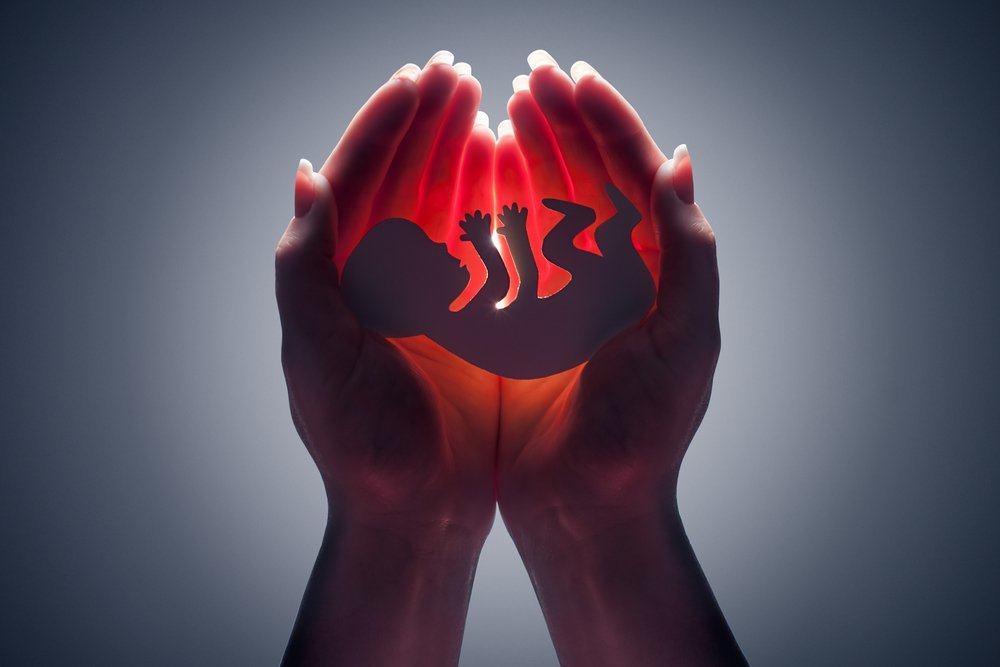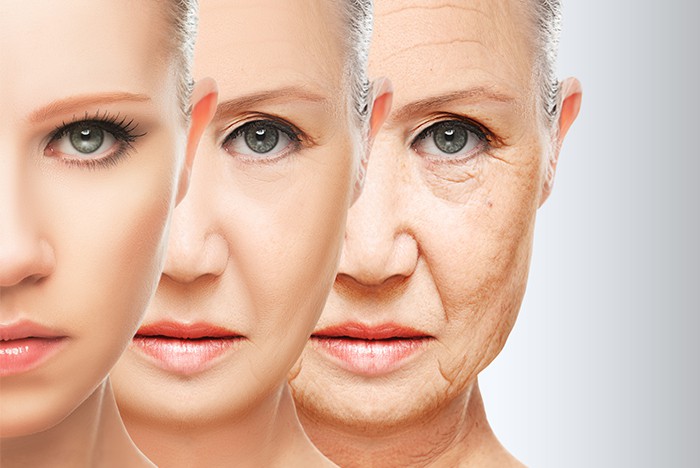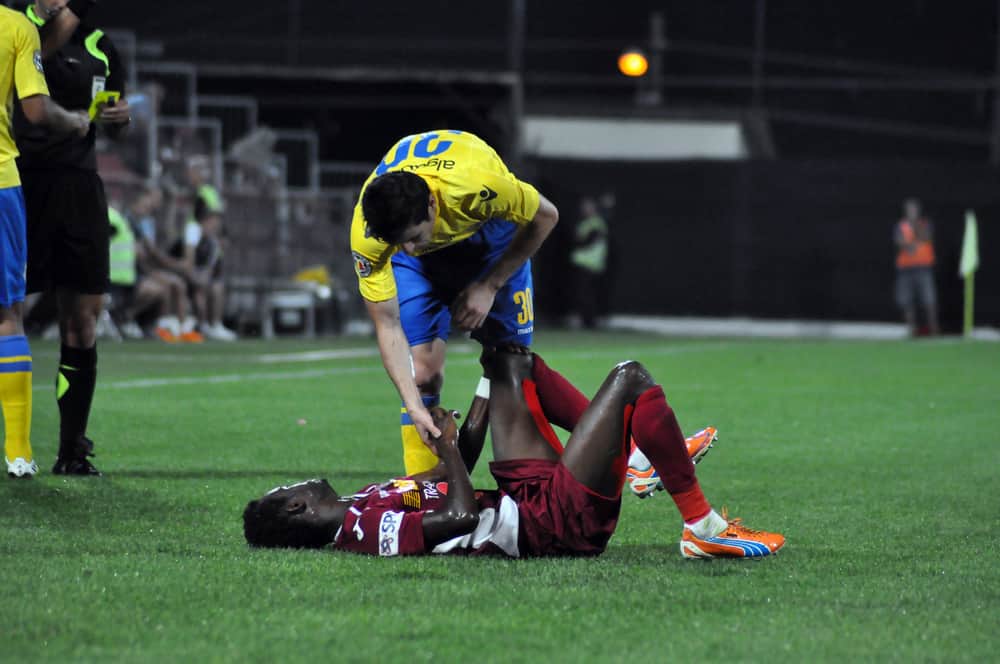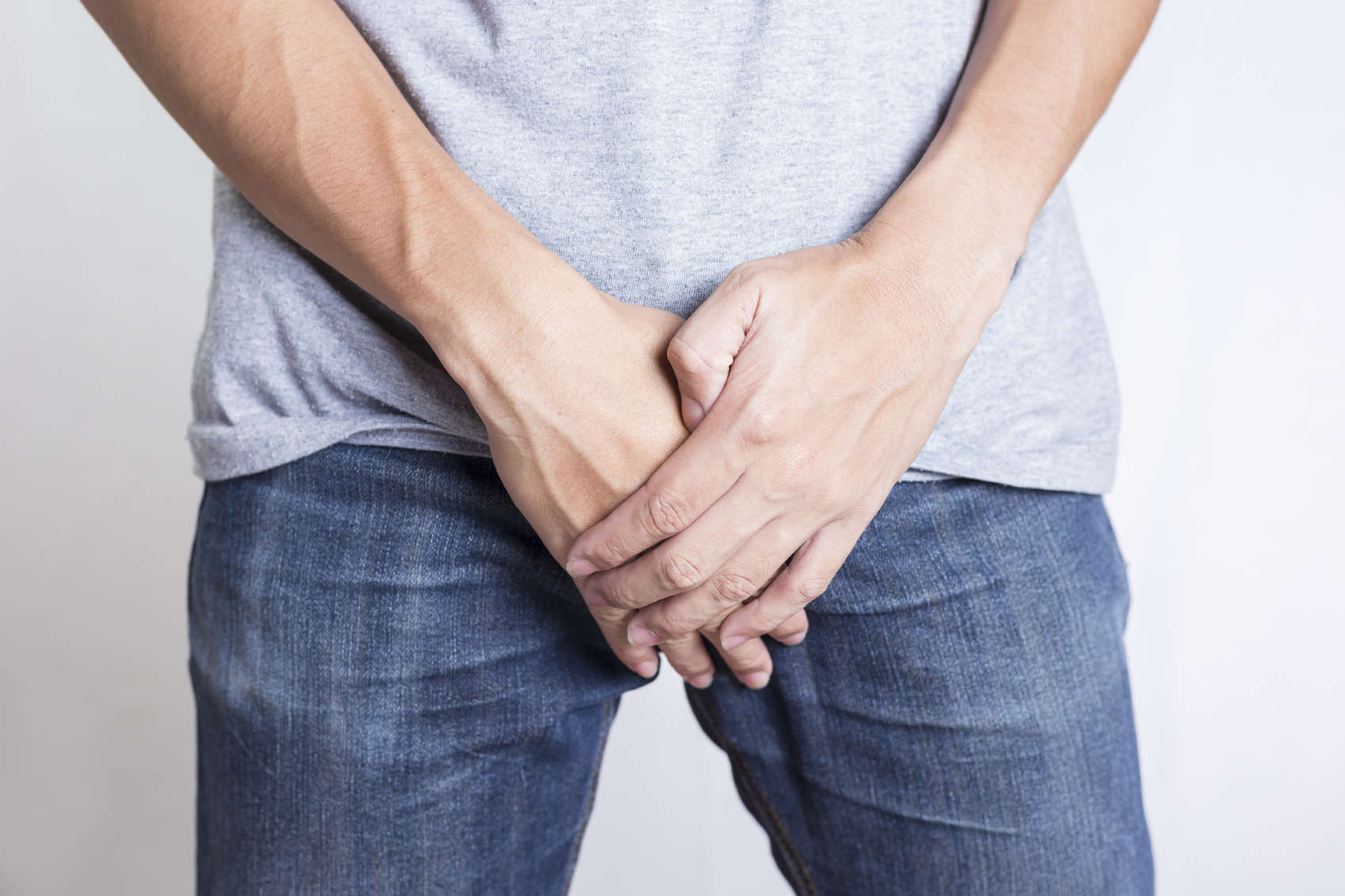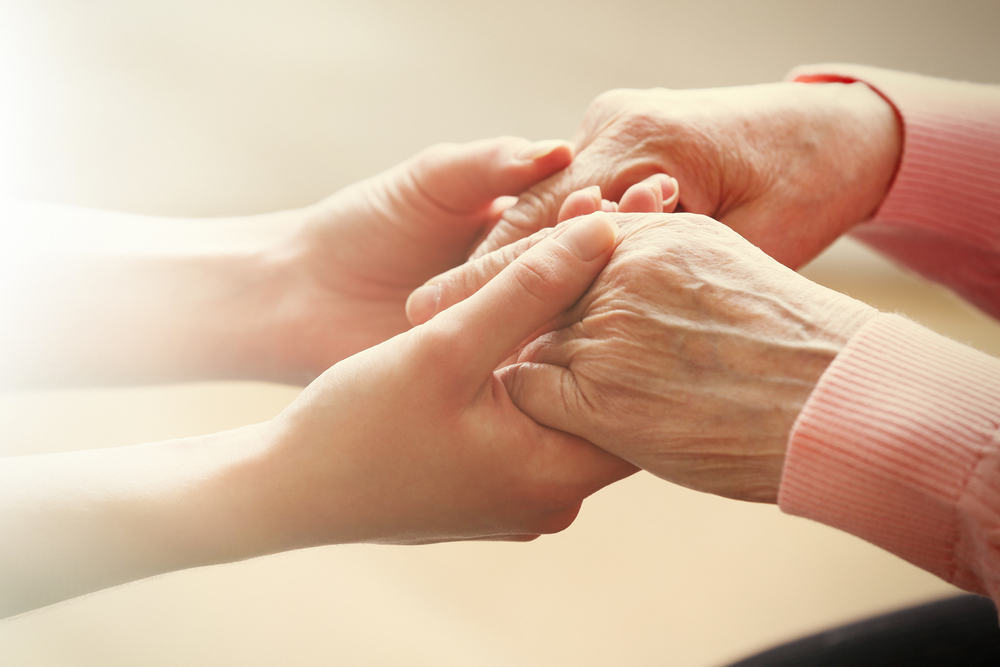Contents:
- Medical Video: Involuntary Muscle Twitching Explained
- What is spasmophilia?
- What causes spasmophilia?
- What are the signs and symptoms of spasmophilia?
- Diagnosis of spasmophilia by a doctor
- Medical treatment for spasmophilia
Medical Video: Involuntary Muscle Twitching Explained
Spasmophilia may not be a term that sounds familiar to you. But based on preliminary observation data at Dr. RSUP Kariadi Semarang, spasmophilia patients are generally dominated by young people of productive age, between the ages of 14-35 years. Maybe you or your friends have this condition but have limited information about what causes or how to treat spasmophilia. Check out this article to find out more about what spasmophilia is.
What is spasmophilia?
Spasmophilia is a motor nerve disorder that shows abnormal sensitivity to electrical or mechanical stimuli. Spasmophilia is often characterized by muscle stiffness, cramps, or twitching in certain parts of the body that are followed / preceded by anxiety attacks or panic attacks. If the condition is severe, stiff muscles can cause seizures.
What causes spasmophilia?
Doctors often connect spasmophilia with hypocalcemia, which is a decrease in calcium levels in the blood. Causes of calcium deficiency include low calcium intake, diarrhea, lack of vitamin D, hypoparathyroid (parathyroid hormone deficiency), hypoalbumin (lack of protein albumin) due to chronic liver disease (cirrhosis), malnutrition (lack of calorie protein), pancreatitis (inflammation of the pancreas ), chronic kidney failure, and sepsis (overall severe infection).
Apart from being a poor diet, spasmophilia can also be caused by hereditary factors. The most common form of heredity is a panic attack experienced by parents.
What are the signs and symptoms of spasmophilia?
Someone who experiences spasmophilia will usually experience psychological and physical symptoms. In general, the physical symptoms that are often experienced by sufferers of spasmophilia are muscle stiffness, twitching of the muscles in the hands / feet, muscle cramps - in the stomach, back, and neck, and stiffness in the chest. But specifically, the form of symptoms experienced by sufferers depends on the affected organs, such as:
- If the affected part is the chest, it will experience cramping in the chest muscles. The symptoms experienced will tend to be the same as coronary heart disease, such as chest pain on the left, difficulty breathing, increased heart rate, hyperventilation, and excessive sweating.
- If the neck muscle is attacked, it will experience stiffness in the neck, headache, easy sweating, anxiety, depression, and seizures.
- If the stomach wall is attacked, it will experience symptoms similar to stomach ulcers or gastritis, such as decreased appetite, heartburn, nausea, and vomiting.
While the psychological symptoms that are often experienced by people with spasmophilia are panic attacks, depression and anxiety. This can happen because patients tend to be prejudiced against something, and feel too much fear of something that will happen. They always think that the things they fear will really happen. As a result, they will tend to experience insomnia, sleep restlessly, and experience nightmares.
Diagnosis of spasmophilia by a doctor
To be able to know for sure whether the muscle spasms you are experiencing are spasmophilia, then the doctor needs to run the following test series:
- Chvostek’s Sign, is an examination by touching the cheek or hitting lightly 2 cm in front of the Tragus ear (the small protruding part of the ear in the cheek / jambang area);
- Trousseau's sign, by making ischemia in the arm area when measuring blood pressure. This test aims to see the systolic and diastolic averages by maintaining the blood pressure for a few minutes;
- Laboratory tests to determine blood calcium / magensium levels;
- Investigation with EMG (electromyography). This examination is graded according to the level of calcium in the blood, namely: (1) Grade 1: twitching at the corners of the lips, (2) Grade 2: twitching in the nose, (3) Grade 3: twitching in the eyes, and (4) Grade 4: twitching in facial muscles. This examination is related to biperventilation (rapid breathing). And, without this examination, the diagnosis of spasmophilia cannot be determined.
Results from the examination is to know the grade of spasmophilia that you have, namely:
- Mild (1: positive 1)
- Moderate (II: positive 2),
- Weight (III: positive 3)
- Very heavy (IV: positive 4)
Medical treatment for spasmophilia
In general, people with spasmophilia can be treated through outpatient or inpatient care and given drugs containing calcium / magnesium and sedatives. In addition, things that need to be considered for sufferers of spasmophilia is to eat foods that contain lots of calcium, such as milk, eggs, fish, vegetables and fruit, regular exercise, and relaxation with massage / physiotherapy.



